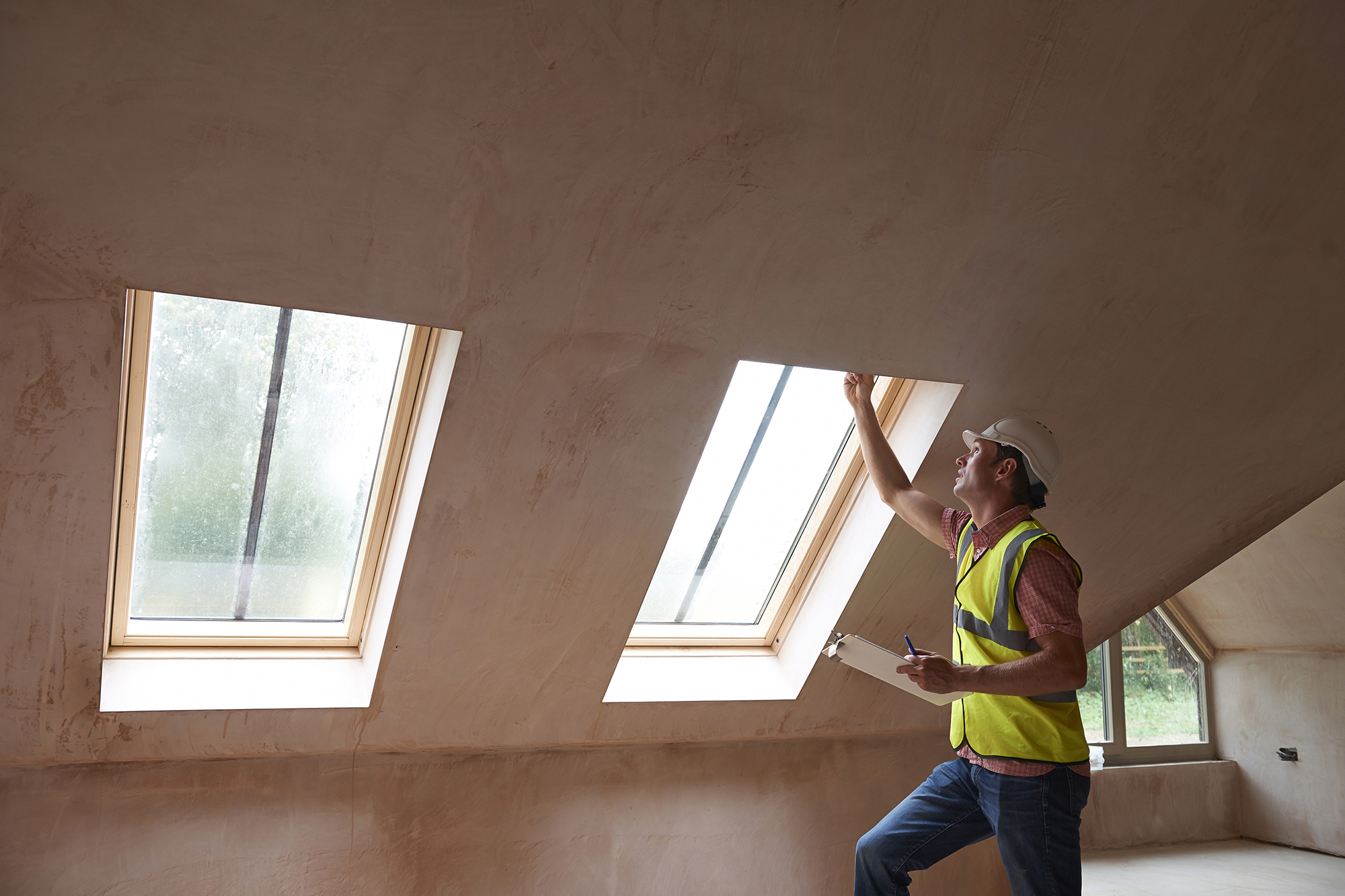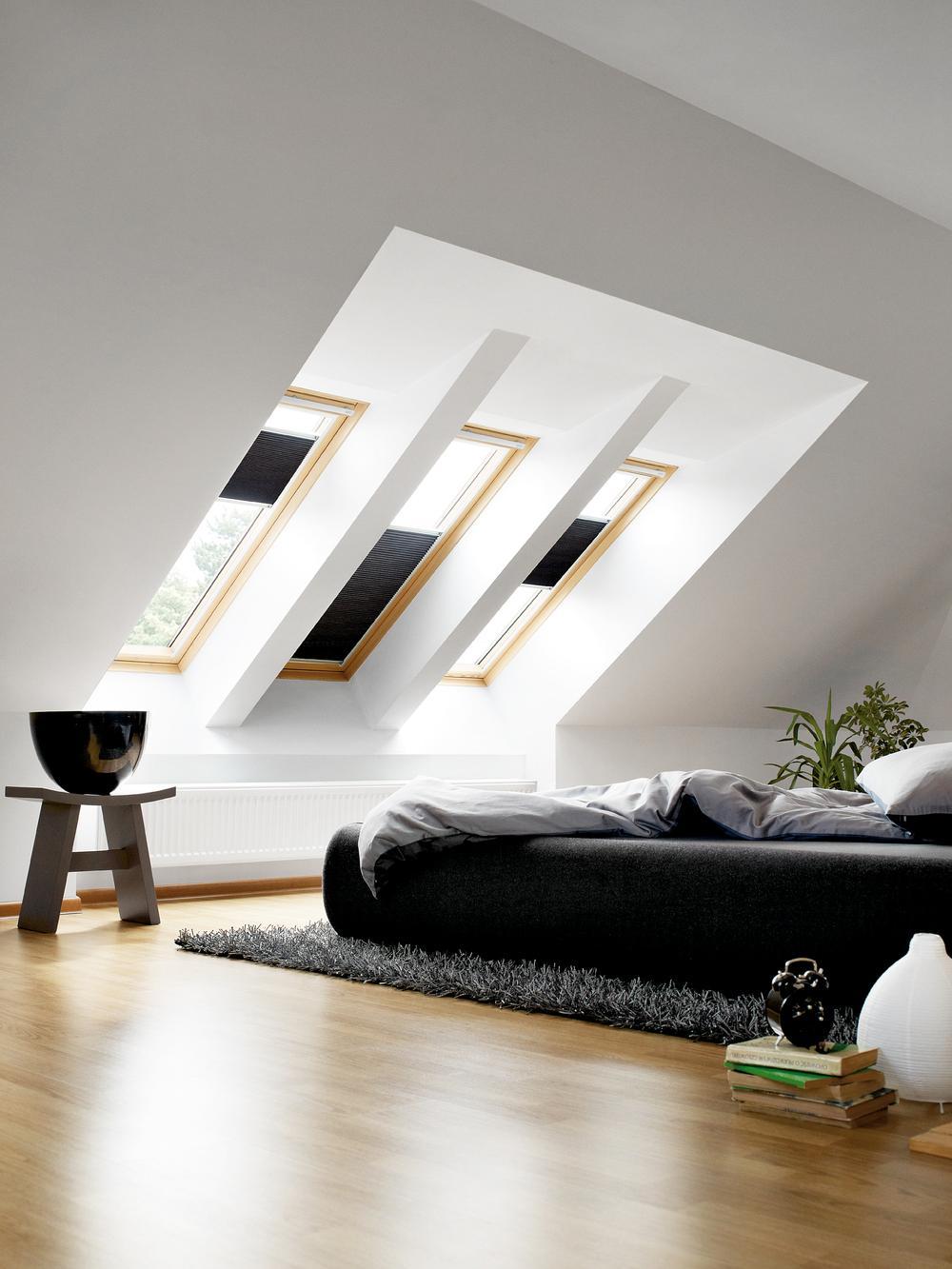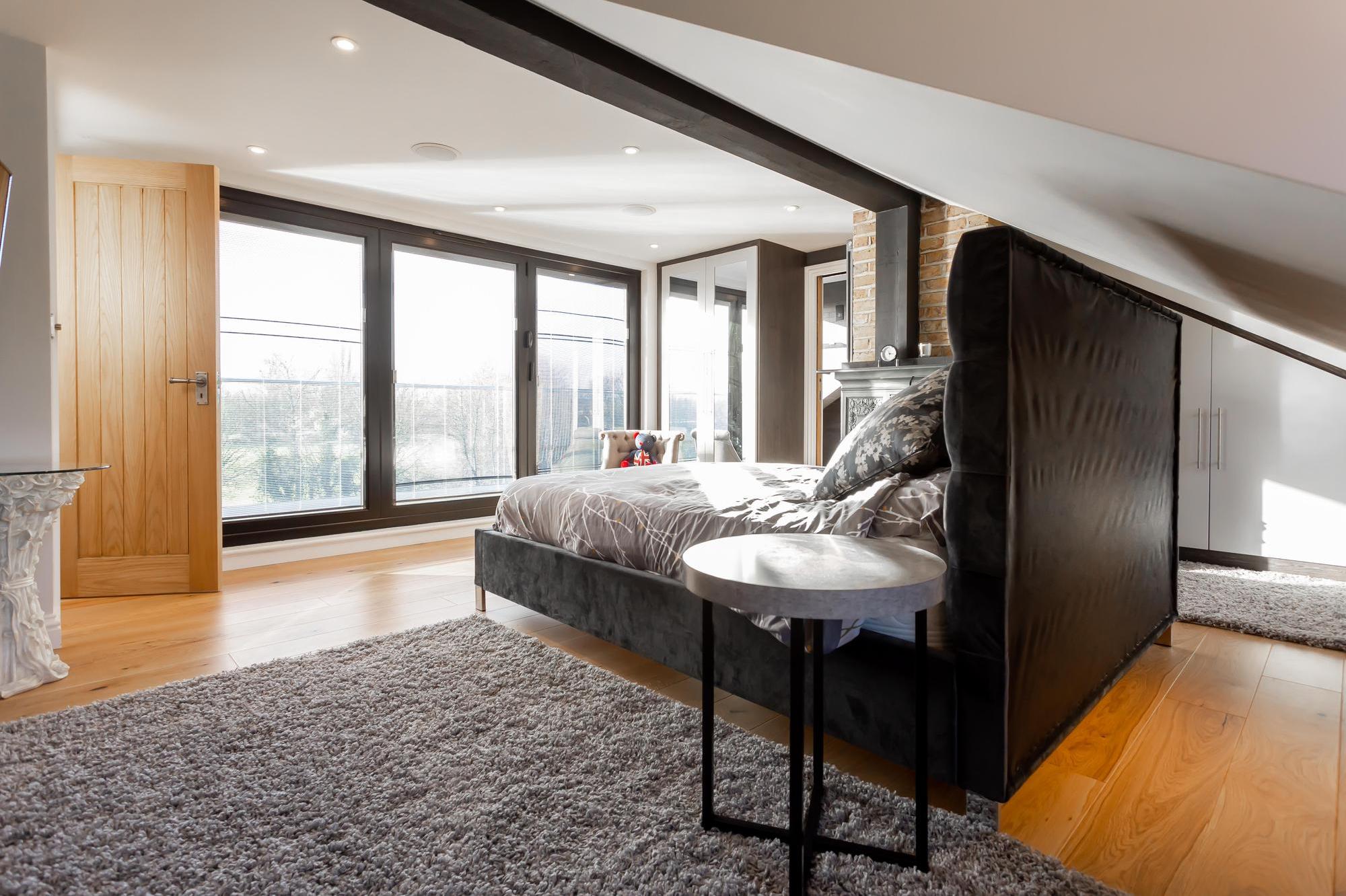LOFT CONVERSION
LOFT CONVERSION
![]()
Loft conversion plans made simple
If you are searching for a way to create more space in your home, there is no better and easier way than a loft conversion.
Whether you are on a budget or not, lofts provide many benefits to your family. Utilising that dead space, whether in a loft conversion or in a loft difference, allows you to make the most of what you already have. Additional living space, more natural light, and a greater value for your property all come as standard.Considered by many to be the ultimate way to make best use of space, a loft conversion can transform your existing home by adding more living space, quick and easy.






















HOUSE EXTENSION – WHERE TO START
![]()
The experts at handling your design needs from start to finish
We offer a personal touch that goes well beyond just the plans. With our experience in all aspects of home extension design, we can give you advice on planning permission considerations, outline options for extensions and deal with the planning authorities. We aim to make the home extension process as simple as possible for you.
Getting started
Loft conversions can be the ideal way to add space to a house without extending its footprint. Whether it is a growing family, a new hobby or the need for a dedicated home office space, a loft conversion is often the perfect solution for those wanting to squeeze the most space out of their existing homes. Our guide to converting a loft includes advice on everything from costs and planning permission to the best design ideas for your project.
Loft conversions are a particularly useful solution where planning permission for an extension is likely to be difficult, or in built-up urban areas where there simply isn’t the external space. It is also worth bearing in mind that, according to Nationwide, an additional bedroom and bathroom has the potential to add around 20% to the value of a typical three-bedroom, one-bathroom house.
Can my loft be converted?
Some lofts are more suitable for conversion than others. Tricky loft conversions can be costly and disruptive so it is important to ensure the finished product is a useful space and/or adds the value you hoped to achieve. Factors that determine whether or not your loft can be converted include:
Available head height
The roof pitch
Type of roof structure
Water tanks and chimney stacks located in the loft
Available head space for staircase
Loft conversion types
There are five main loft conversion types that tend to be used in the UK. The loft conversion type you opt for should depend on your existing roof structure and shape, how much you want to spend and will, on some occasions, be dictated by planning restrictions. Your builder, house designer or chosen loft conversion specialist will be able to advise you further.
Dormer loft conversion
Mansard loft conversion
Roof light loft conversion
Hip to gable loft conversion
Modular loft conversions
Adding a bathroom in a loft conversion
If you want a bedroom loft conversion then you may well be considering installing an ensuite or bathroom in your loft too.
Naturally this will add to costs, disruption levels and timescales, and you will certainly need an experienced builder and plumber to carry out the work for you to the required building regulation standards. Tell your builder early on if you are thinking about a bathroom loft conversion. The main issues with bathroom loft conversions are:
- Getting water at a good pressure up to the loft.
- Carrying waste water away and down from the loft.
- Reinforcing the floor to take the weight of sanitaryware.
Check with your builder and structural engineer that the bathroom floor is constructed to deal with flooding, damp conditions, and leaks. A marine grade plywood will be required, along with a waterproof tile backing board on the walls.
Choosing a builder
Be sure to find a builder who can advise you on all aspects of your loft conversion. Base your decision on the rapport you have with the builder, their experience in the type of project you are carrying out, and the opinions of their previous clients. Also check for valid insurance to the level of cover required.
Aim to get at least three quotes before choosing your builder — and remember that cheapest is not always best. See our guide for tips on making the right choice for your project.
Choose with confidence
Do I need planning permission for my loft conversion?
If you live in a listed building you will require Listed Building Consent and those living in a designated area, such as Conservation Area, Area of Outstanding Natural Beauty or National Park will usually need to apply for planning permission.
A loft conversion being carried out in England should not require planning permission providing:
- The new roofing does not add more than 40m3 of space for terraced houses, or 50m3 on detached and semi-detached houses. Bear in mind that any previous roof extensions that have been made will count towards this allowance.
- The extended space does not go beyond the plane of the existing roof slope facing the highway.
- No extension is higher than the highest part of the existing roof.
- There are no raised platforms or balconies.
- New roofing materials are either an exact match for, or very close to, the original.
- Side facing windows feature obscured glazing and an opening that is 1.7 metres above the floor.
- Dormers or any other extensions (except hip-to-gables) are set back at least 200mm from the original eaves – unless this is impossible.
- Any extensions do not overhang the outer face of the original wall of the house.

Photo by Velux.
If any of the above guidelines are not met you will need to apply for planning permission through your local Council. Your builder, architect or loft conversion specialist should be able to advise you on whether you will require planning permission and could help you to secure it too.
Wales and Scotland: In Wales and Scotland, there are similar conditions surrounding planning, full details of which can be found on the planning section of the Welsh Government and Services website or at mygov.scot respectively.
Northern Ireland: Those converting a loft in Northern Ireland should head to the nidirect Government Services website.
What building regulations do I need to consider?
When it comes to loft conversion building regulations there is one rule you need to know – loft conversions always need building regulations approval, irrespective of whether planning permission is required. Your builder, architect or loft conversion specialist will help to prepare building regulations plans, structural specifications and calculations and, ultimately, ensure the project complies with building regulations to ensure you get approval.
What do the regulations state?
- New windows need to be big enough to escape from in the event of a fire, meaning that egress window openings will be needed to serve all first floor habitable rooms (not bathrooms). The openings should be at least 450mm x 450mm and at least 0.33m2 in area. The bottom of the opening of rooflights (these should usually be top opening) should be between 800mm and 1,100mm from the floor.
- If your loft conversion adds a third storey then you will need to ensure that a protected stair enclosure leads down to the exterior exit door. If your staircases rises from a room that is not the hallway, you have a couple of options.
- Keep the staircase entirely enclosed within a hallway that leads to an external door or.
- Enclose the staircase in a lobby at the base of the door. The lobby should have two doors offering a choice of front or rear escape. The doors and lobby walls should be fire-resistant.
- In the case of open plan homes, the staircase may land in an open plan space, meaning a sprinkler system will likely be required.
- Fire regulations state that the new floor joists in your loft conversion will have to offer a minimum of 30 minutes fire protection — meaning that the ceilings in the rooms below may need to be replastered. Fire safety makes up a large part of loft conversion building regulations and an experienced builder should be well-versed in the regs.
- The loft room will need to be separated by a fire door located either at the top or bottom of the new staircase.
- Existing doors on the stair leading to the ground and first floor need to provide 20 minutes of fire resistance and can’t be glazed (unless the glass is fire-rated).
- Mains powered smoke alarms will be required on each floor of the house, interlinked so that they are all activated when one goes off.
Other building regulations relating to lofts
- Floors and beams: New floor joists will usually be needed in order to support the weight of the new room. Extra joists will need to be added to comply with building regulations and a structural engineer should be brought in to assess the separation distance required between joists to support anticipated load weight. They should work alongside your chosen builder and specify the size and grade of joist needed. The new joists will run alongside the existing ones, and span between load-bearing walls.
- Sound proofing: Sound insulation will need to be incorporated.
- Staircase: As well as the fire regulations that apply to the staircase (see above), there are other regulations relating to staircases that will need to be adhered to.
- Wall construction: New walls will need to support existing or new roof structures effectively, particularly where existing supports are being removed.
- Windows: See above for information on fire safety and new windows in your loft conversion.
- Bathroom: If installing a bathroom, building regulations concerning plumbing and electrics, as well as ventilation will come into play.
- Electrics: Your new electrics must conform to Part P of the building regulations and the 17th Edition Electrical Regulations. Sometimes it will be necessary to fit a new consumer unit or additional units if the existing unit doesn’t have the required capacity. Use a qualified electrician for the job to ensure you can be issued with the necessary certificate on completion.
- Thermal insulation: Your new space will need to meet insulation requirements as set out in the building regulations and there are two ways of doing this — either cold roof insulation or warm roof insulation. Your building control inspector will specify which one you will require.
If you live in a semi-detached or terraced house, you will also need to comply with the Party Wall Act 1996. You can find full details in our guide to Party Wall Agreements.
A building control officer will visit to inspect the work at various stages. On the final inspection they will issue you with a completion certificate.
How long does a loft conversion take?
Your builder should provide you with a timescale customised to your specific project.
- The roof is assessed for suitability for conversion – a builder, surveyor, architect or design and build company should be able to tell you whether a loft conversion is an option. Check whether you need planning permission and apply if required.
- Plans are drawn up by your chosen designer, builder, loft conversion specialist or design and build company.
- Apply for building control approval – our building regulations guide takes you through how to do this.
- Find a builder, show them your plans and brief and get three quotes minimum before hiring.
- Choose your builder, sign a written contract, book your work and finalise the schedule. (Plan ahead as most good builders will not be available to start straightaway).
- Confirm your final brief and clear the loft space, including disposing of redundant water storage tanks and the safe removal of chimney stacks if present and not included in the contract brief.
- Electrical wiring and any other services (such as pipework) attached to joists and rafters will need to be removed and rerouted. An electrician will need to be on site for this, unless your builder is capable of taking on the work. A plumber will also be required in some cases.
- New floor joists are fitted.
- New wiring and any pipework can be installed.
- Floors are insulated in accordance with the requirements of the building regulations – do not cover the joists with floorboards until the building control inspector has signed off this stage.
- Floorboards are laid. Using water-resistant grade floorboards is a good idea and essential in bathrooms or en suite loft rooms.
- Rafters are reinforced in line with structural requirements – once this has been done, existing, now redundant purlins, struts and collars can be removed.
- Dormer windows are installed if part of your plan – usually following scaffolding going up. The roof will come off and bad weather could delay this stage. The Building Control inspector will come to inspect that the roof structure reinforcement requirements are met.
- Rooflights can be fitted and the surrounding timbers reinforced.
- Staircase is fitted. The staircase may be fitted earlier or later than this depending on the conversions. Access is easier once the staircase is in place.
- External cladding is fixed, along with the roof covering. The new structure should now be weatherproof. Ridge and soffit vents are fitted.
- Windows fitted to new openings.
- The roof is insulated. Building Control will check the insulation meets requirements before the rafters and insulation is covered up.
- Partition walls are built. Often these will be made of timber studwork, filled with insulation, and finished with plasterboard ready for final decoration.
- Wall plates can be fitted between studs to provide secure fittings for items such as radiators, sockets and switches.
- First fix electrics and plumbing are carried out.
- Electrics upgraded if necessary (see loft conversion building regulations).
- Fit access panels. These might be used to get to plumbing and switches for water and electrics. Access panels for under-eaves storage can be built in now too.
- Walls are plasterboarded (new stud walls will already have been plasterboarded).
- Skim coat of plaster is applied.
- Architrave and skirting boards fitted.
- In the bathroom or loft ensuite, once wall plates have been fitted and it has been checked that services are all easy to access, walls should be clad with cement-based aquaboard, ready to be tiled. The extractor fan can also be fitted.
- Walls and floors tiled in the bathroom, sanitaryware fitted.
- Second fix electrics and plumbing, including fitting and connecting of radiators.
- Final decoration.

Loft conversion costs
Loft conversion costs vary a great deal according to the level of specification you are aiming for, what you plan on using the loft for, where in the country you are, and any hurdles that might crop up along the way – including whether you require planning permission.
Your final costs will also depend on your own level of involvement, the design route you take, the type of roof you have and even your heating and electricity needs.
It’s better to have a general understanding of the factors that count, than to try and pin down a cost from generic online guides. The reality is that, depending on your bespoke requirements, loft conversions tend to start from £35,000 and can run well into the hundreds of thousands.
The best advice is to spend some time upfront developing a detailed brief for your builder, including plans if possible. This will ensure a more accurate quote as opposed to a vague estimate that may change.
If you’re shopping around for a good deal on your fixtures and fittings, don’t forget to take a look at our latest Home Picks 2023 buying guides for the independent reviews of the best double glazing companies. Or if you’re upgrading your heating system, take a look at reviews for the best combi boilers, the best air source heat pumps and the best ground source heat pumps in the UK.
Check whether your quote includes:
- Design services.
- Bathroom sanitaryware and installation.
- The removal or repositioning of water tanks or chimney stacks.
- Radiators or underfloor heating.
- Windows and doors.
- Plaster finish.
- Final flooring finish (carpet etc).
- Lighting.
- Decoration.
- Planning fees.
- Building control fees.
- Any necessary roof repairs.
Be sure to ask your builder what your final quote will include so that you are both clear on what is expected. Some quotes will go so far as to include final decoration and door and window hardware, while others only cover the basics. Don’t forget to factor in VAT and fees for building regulations and planning permission too.
Finally, having a detailed brief and detailed plans will ensure a more accurate quote from your builder as opposed to a vague estimate that may well change.
We’ve got this
![]()
We’ll take care of the entire process for you
We offer a personal touch that goes well beyond just the plans. With our experience in all aspects of home extension design, we can give you advice on planning permission considerations, outline options for extensions and deal with the planning authorities. We aim to make the home extension process as simple as possible for you.